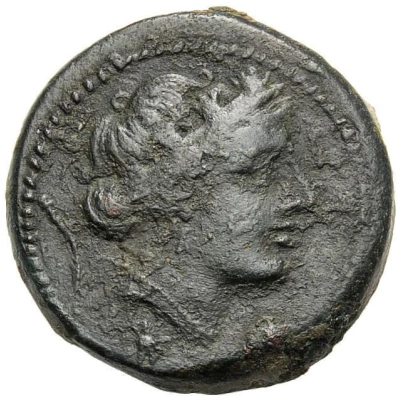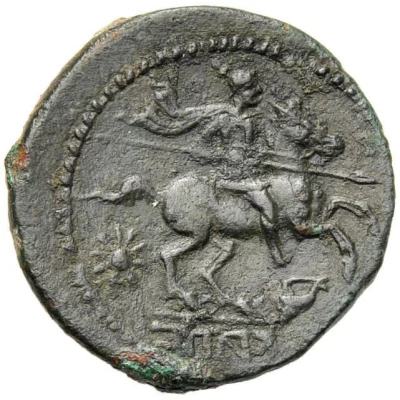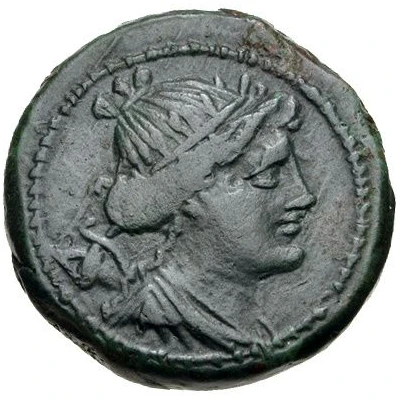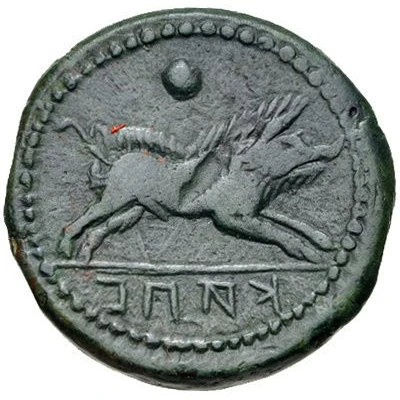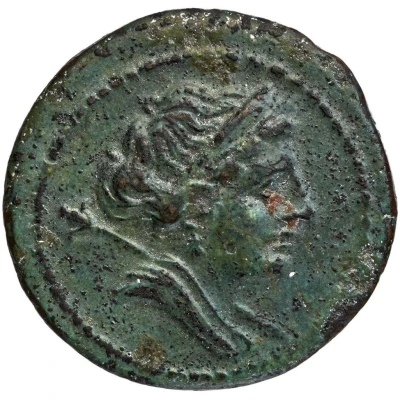
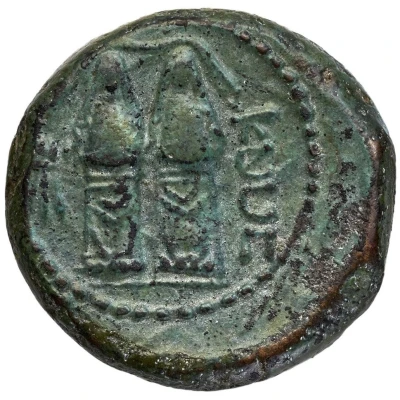

© Bibliothèque nationale de France / Gallica
Uncia 216 BC - 211 BC
| Bronze | 5.68 g | 17 mm |
| Issuer | Capua (Campania) |
|---|---|
| Period | Second Punic War (218 BC - 203 BC) |
| Type | Standard circulation coin |
| Years | 216 BC - 211 BC |
| Value | Uncia (0.1) |
| Currency | As (circa 216-211 BC) |
| Composition | Bronze |
| Weight | 5.68 g |
| Diameter | 17 mm |
| Shape | Round (irregular) |
| Technique | Hammered |
| Orientation | Variable alignment ↺ |
| Demonetized | Yes |
| Updated | 2024-10-10 |
| Numista | N#427864 |
|---|---|
| Rarity index | 100% |
Reverse
Two veiled archaic cult statues below open fillet; tripod-like object to left and kapu to right.
Script: Old Italics
Translation: kapu
Comment
BMC Italy pg. 83, 16; Giard 17.
Interesting fact
The Uncia coin was used as a form of currency in the ancient Roman city of Capua, which was located in the Campania region of Italy. Despite its small weight of 5.68 grams, the Uncia was an important denomination in the Roman monetary system and was used for everyday transactions. Its design featured the image of a bull, which was a symbol of strength and prosperity in ancient Roman culture. The Uncia coin was also used to pay taxes and debts, and it played a significant role in the Roman economy during its time.
Price
| Date | Mintage | VG | F | VF | XF | AU | UNC |
|---|---|---|---|---|---|---|---|
| ND (216 BC - 211 BC) | - | - | - | - | - | - |
Values in the table are based on evaluations by sales realized on Internet platforms. They serve as an indication only for Uncia (216 BC - 211 BC) coin.
